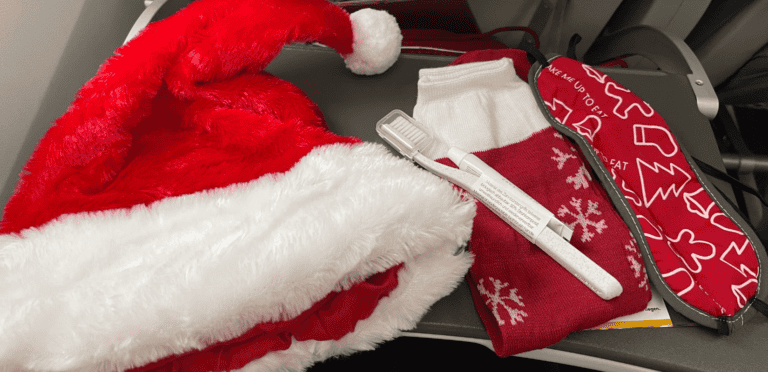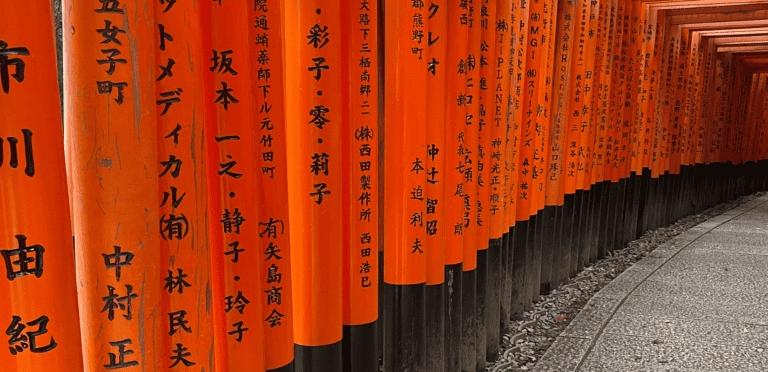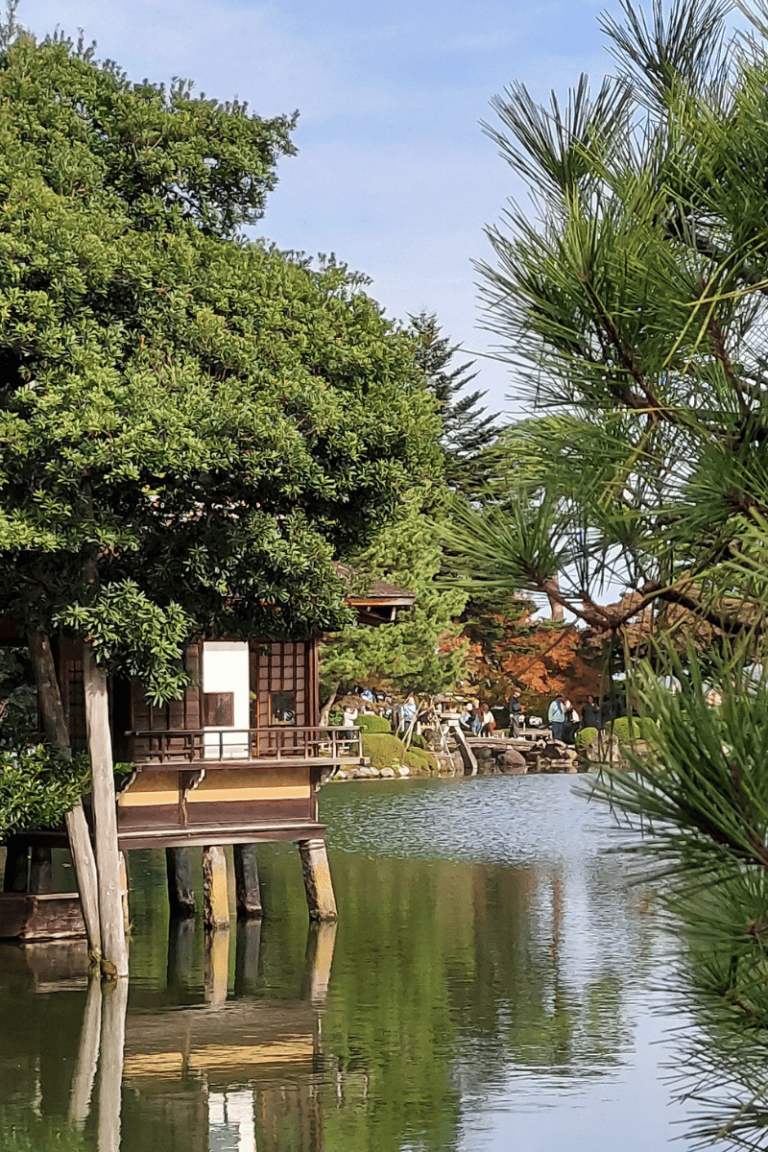5 Tips To Make Your Japan Trip Easier
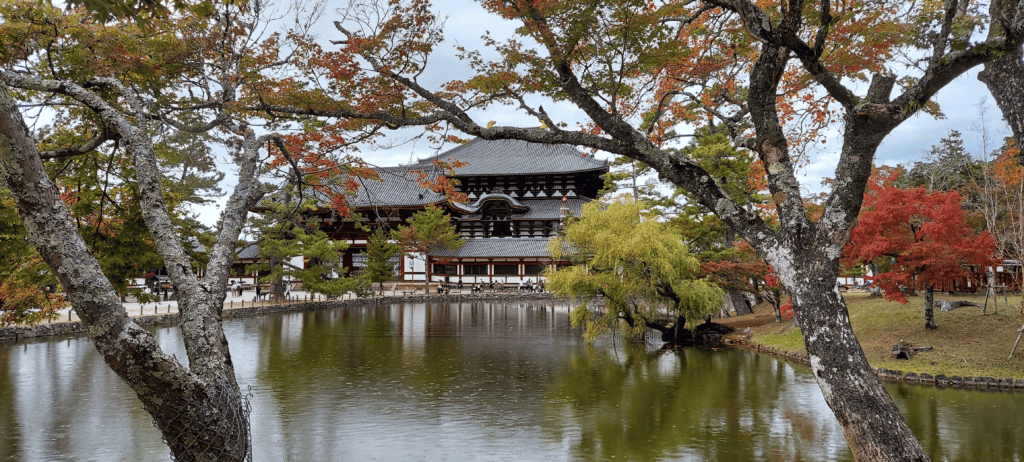
Are you planning a trip to Japan? Do you feel excited and overwhelmed at the same time?
We hear you, traveling to a new country can sometimes be scary. If you don’t know the language or can’t read signs or a menu, there’s every reason to feel this way.
During our trip to Japan, we uncovered five hacks that made our trip more manageable and fun.
These five tips can help you navigate your Japan trip more easily and confidently. You’ve got this!
1. Japan Rail Pass
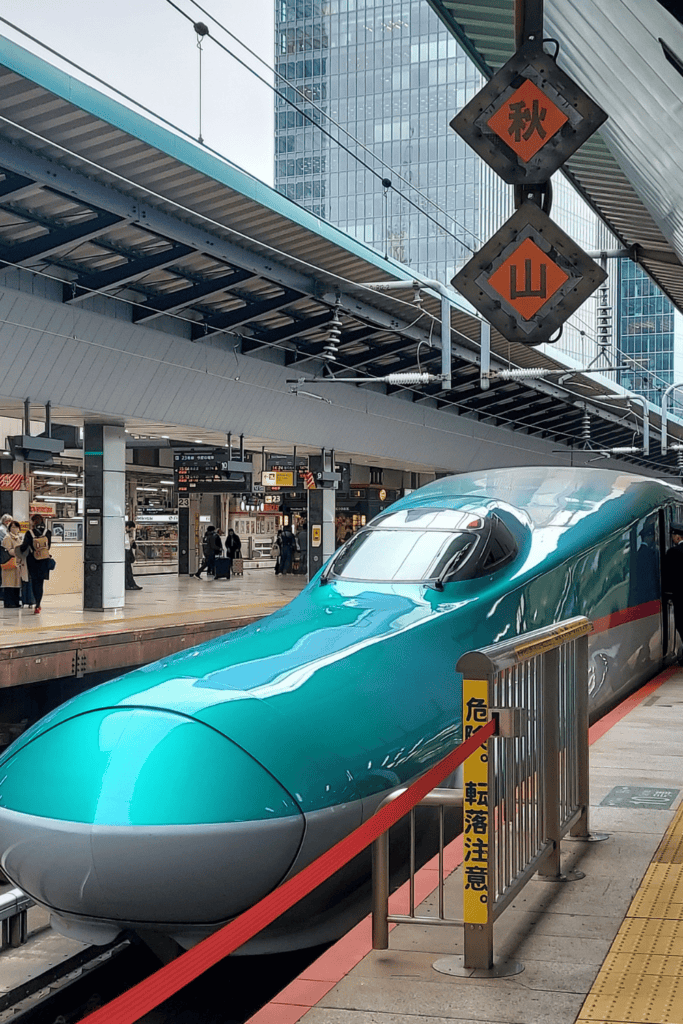
When planning your trip to Japan you may read about purchasing a Japan Railpass. These come in 7-day, 14-day, and 21-day lengths and range in cost between USD $336 and USD $671 for an ordinary ticket.
Nevertheless, the value of the Japan Rail Pass will depend on your chosen itinerary. If you are traveling to multiple cities outside of Tokyo or another large city, it may make sense to buy the Japan Rail Pass.
But if you spend most of your time in one or two of the larger cities you may be better off purchasing an IC Card, see tip #2, and individual train tickets.
You can use the rail pass calculator from japan-guide.com to find out if the Japan Rail Pass is right for your planned itinerary.
If it turns out that a Japan Rail Pass is right for your trip, you can use one of several authorized agencies that sell rail pass vouchers and send them to your home before the trip.
You need to purchase the pass with plenty of time to receive the vouchers at your home. You CANNOT purchase in Japan nor receive them there.
Once you receive your rail pass review it in detail to make sure your information matches your passport as you will need it to activate the pass and it must match exactly.
Something to keep in mind when you activate your pass is when you will start to travel longer distances by train. We activated our 7-day pass after the third day in Tokyo so that it would cover our longest and most expensive train travel.
When we exchanged the voucher, having a list of the places we wanted to travel was helpful. The attendant assisted us in making reservations on the available trains to those destinations.
2. IC Card – Suica, PASMO, ICOCA
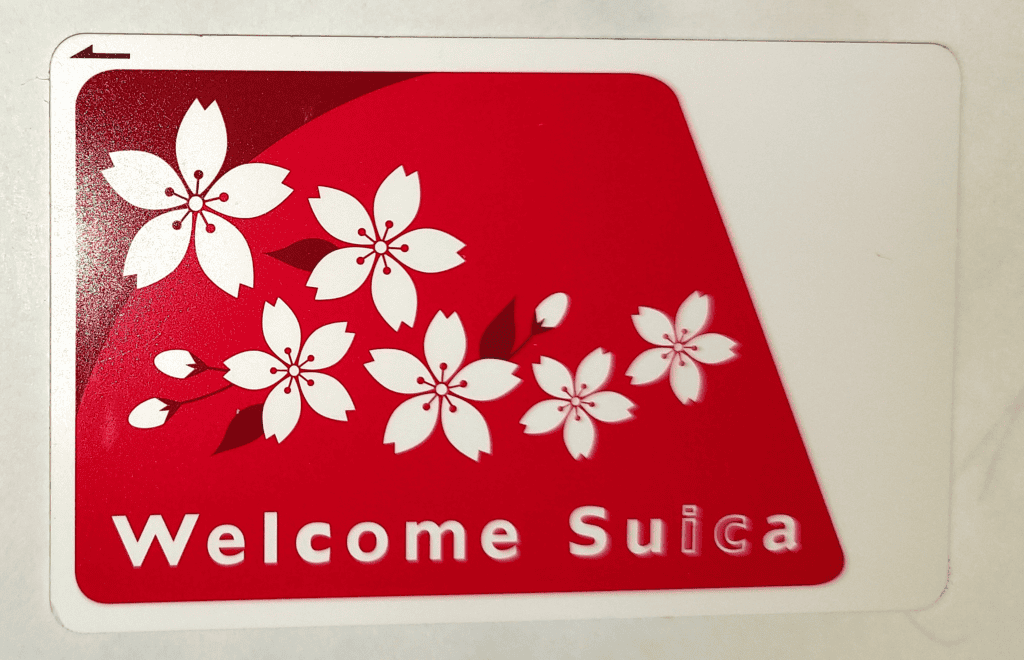
Moving around in public transportation throughout Japan is relatively easy. The subways, buses, and stations are clean and safe.
We recommend purchasing an IC Card at the airport when you arrive. Using the IC Card helped us avoid the hassle of purchasing tickets at stations, and dealing with cash on buses.
IC cards are rechargeable cards that can be used to conveniently pay fares on public transportation.
There are several IC Cards available but the major ones are Suica, PASMO, and ICOCA. You can use these interchangeably in most major cities.
Another advantage to using IC cards is that all three of the major cards have 30-day versions for tourists. These can be recharged as you go and will be valid from the day you purchase and for another 29 days.
As a bonus, the cards can be used to make purchases at many vending machines, shops, and restaurants. Talk about convenience!
One thing to keep in mind with these thirty-day cards, you can’t get your money back once you’ve added it. So be careful as you are coming to the end of your trip.
3. Konbini (Convenience) Stores

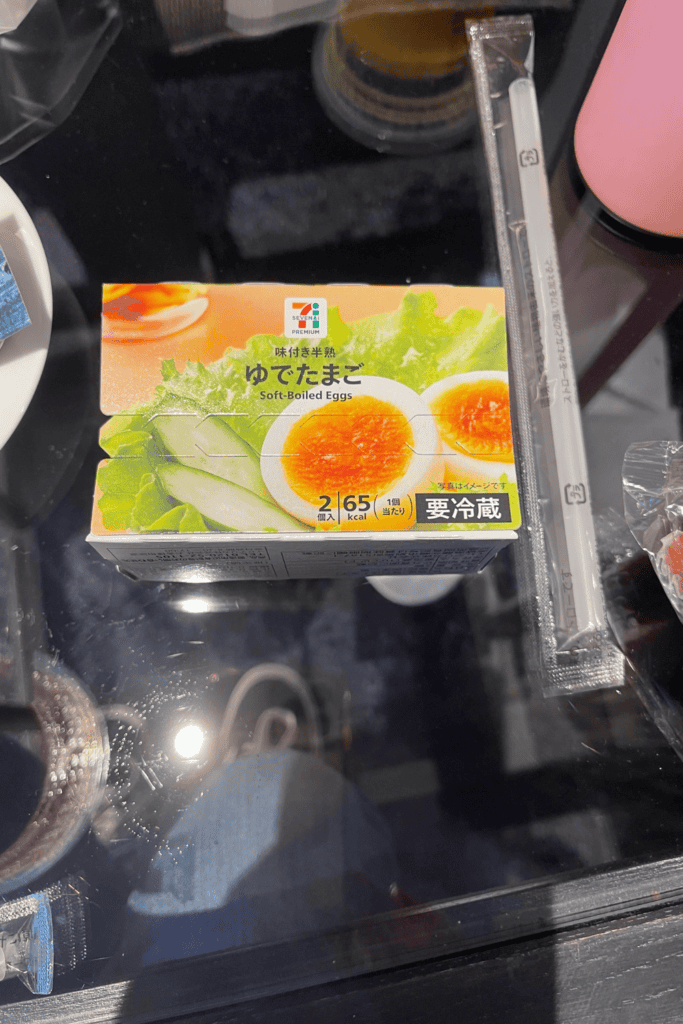

For many people, one of the highlights of visiting Japan is the opportunity to enjoy the variety of foods that are uniquely Japanese. There is a reason why Tokyo has the largest amount of Michelin-starred restaurants. Really good food!
However, you don’t have to spend a fortune to taste a variety of Japanese foods. You can find cheap and tasty Japanese food at the Konbini; the Japanese convenience store.
In any city you visit in Japan you will find 7-Eleven, Family Mart, or Lawson on almost every corner. You will also find Konbinis at major train stations.
On days when we wanted to have a quick breakfast and save some money 7-Eleven was our go-to. For under USD $10, we could buy two boiled eggs, buttered buns, and a pair of smoothies.
At train stations, we bought bento boxes and other hot lunches to eat on the trains. We had Onigri, and nuggets as snacks during the day.
One of the best things in Konbinis is the variety of hot food for purchase, like skewers, fried chicken, croquettes, and pork buns. Mmmm…so delicious!
The beauty of the Konbini is that you can find almost anything you need there; a pair of batteries, and sunblock. But the greatest convenience for travelers is the food.
4. Google Maps

If you are used to using Google Maps at home then you know what a difference it makes when you need to find a new place. Now imagine that confidence integrated as part of your travel.
Google Maps will help you define the best route to reach your planned destinations and will give you the estimated time to reach your location.
Remember, if you don’t have an internet connection download the map of the route you want to use in advance. You will be able to use it offline.
We used Google Maps to select the closest and most effective subway routes to reach our destination. Since subway and train systems in Japan are famous for their timeliness using Google Maps will help your planning tremendously.
In addition, many of the stations in Japan’s major cities are huge, with multiple exits. Google Maps will tell you which exit will take you closer to your target location.
We found another useful feature on Google Maps: it recommends the best train car to ride so that you’ll be close to the exit when you arrive at your destination.
5. Google Translate
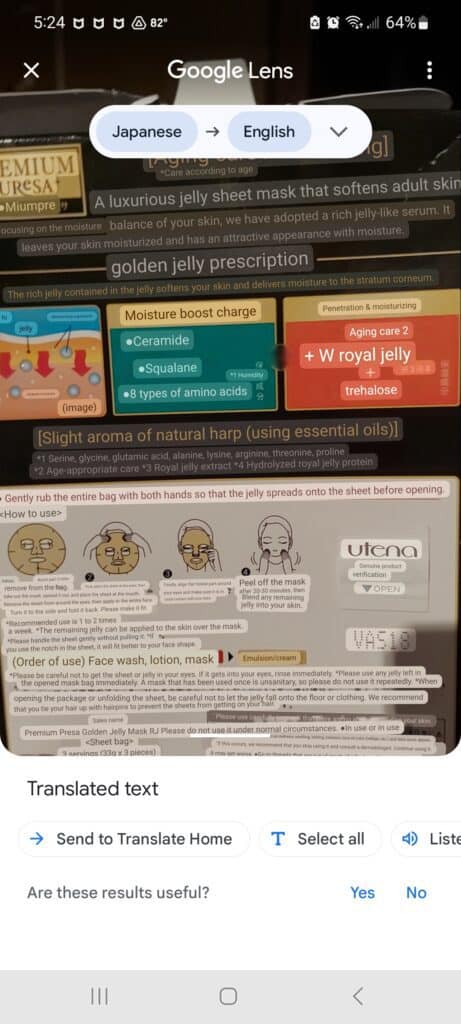
Traveling to foreign places can be a wonderful experience. But it can also leave us vulnerable to misunderstandings. This is especially true when we can’t read the language as is the case with Japanese characters.
Although most signs at transportation hubs are written in Japanese and Arabic characters, menus, store names, and most other information are written in Japanese characters only.
Enter your trusty mobile phone and Google Translate. When you have Google Translate or another translation app on your phone understanding becomes a little easier.
Translation is as easy as opening the camera on your phone and pointing to the sign, menu, or character you are trying to understand. Voila! The app translates to your preferred language in an instant.
During our trip, we used Google Translate at a Japanese pharmacy while were looking for medicines and healthcare products. An easy task made complex by the language barrier. Using the Google Translate feature on our phones, we could read the labels on the products and purchase what we needed confidently.
We also used the app to read signs in shrines, temples, restaurants, and parks. And if you suffer from some type of allergy or need to communicate important information you can enter the word or phrase in English, and the app will translate to Japanese characters.
Closing thoughts
Japan is beautiful and exotic. But the difference in language, the Japanese alphabet, and the complexity of the country can be intimidating.
By using the tips above you can navigate Japan confidently making your trip to Japan easier and fun. Enjoy!

